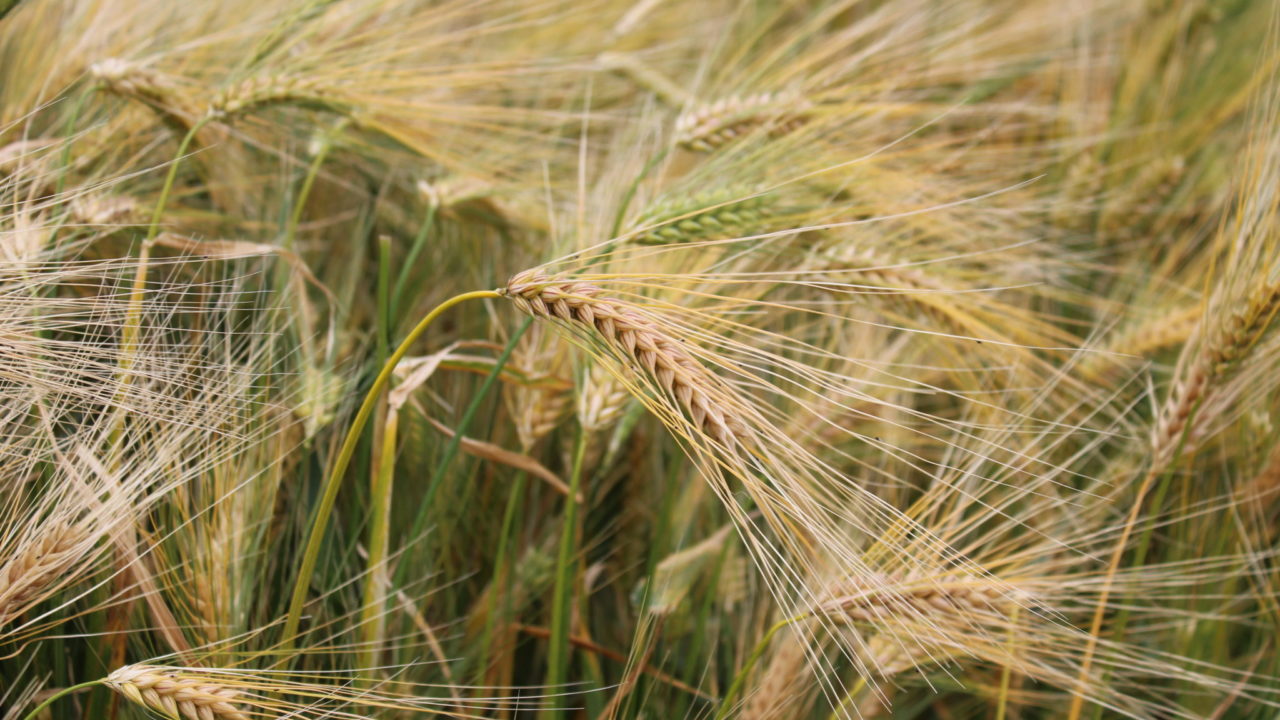New research is indicating that hybrid barleys which receive a reduced application of nitrogen fertiliser (N) can deliver similar yields to conventional winter barleys receiving a higher than standard application rate.
Conducted by ADAS, the research compared two hybrid barley varieties and two conventional two-row winter feed barley varieties: nitrogen application rates ranged from 0kg to 360kg/ha.
The work formed part of a larger programme of Syngenta evaluations into hybrid barley’s benefits that may help growers respond to sustainability challenges – including high fertiliser prices, a need to manage grass weeds sustainably, and a need to produce yields reliably for food security.
Pointing to the N response experiment findings, ADAS project director, Dr. Sarah Kendall, said at 200kg N/ha, both hybrids significantly out-yielded their conventional counterparts.
They produced 9.92t/ha and 9.71 t/ha versus 8.19t/ha and 8.13t/ha for the conventional varieties.
Fertiliser application response curves revealed a similar trend at a more standard 180kg N/ha, but what was also relevant was the economic optimum N rate for the varieties.
Hybrid barleys
Dr. Kendall said: “Using a standard breakeven ratio for N fertiliser of 5:1, the data analysis revealed the hybrids required in the region of 65kg/ha less N to achieve a similar yield to one of the conventional varieties.
“The second conventional variety had an economic optimum N rate lower than the hybrids, but yielded around 1t/ha less.
“These results should provide a level of confidence to growers who are looking to make modest reductions in their N rates with hybrid barley in response to cost and sustainability pressures,” he added.
Across a wide range of N rates in the trial, the hybrids also showed improved N utilisation efficiency over the conventional varieties, according to Dr. Kendall, indicating that for the same amount of N taken up by the crop, the hybrids produced more yield.
According to Syngenta Seeds technical expert, Ben Urquhart, these results could aid growers’ variety decisions this autumn.
He said that the ability to apply less N, while maintaining barley yield, not only offers financial savings given high fertiliser prices, but also potential environmental benefits from a reduced carbon footprint perspective.
According to Syngenta, further work in Germany has also shown hybrid barley to produce a yield benefit over conventional barley with reduced N.
“Hybrid barley is known for hybrid vigour and vigorous roots are associated with improved nutrient uptake,” Urquhart stated.
“But hybrid vigour is also associated with another benefit of hybrid barley – its ability to suppress certain grass weeds, which is another area of sustainability we have been researching. E.g., vigorous roots compete with blackgrass roots.”

